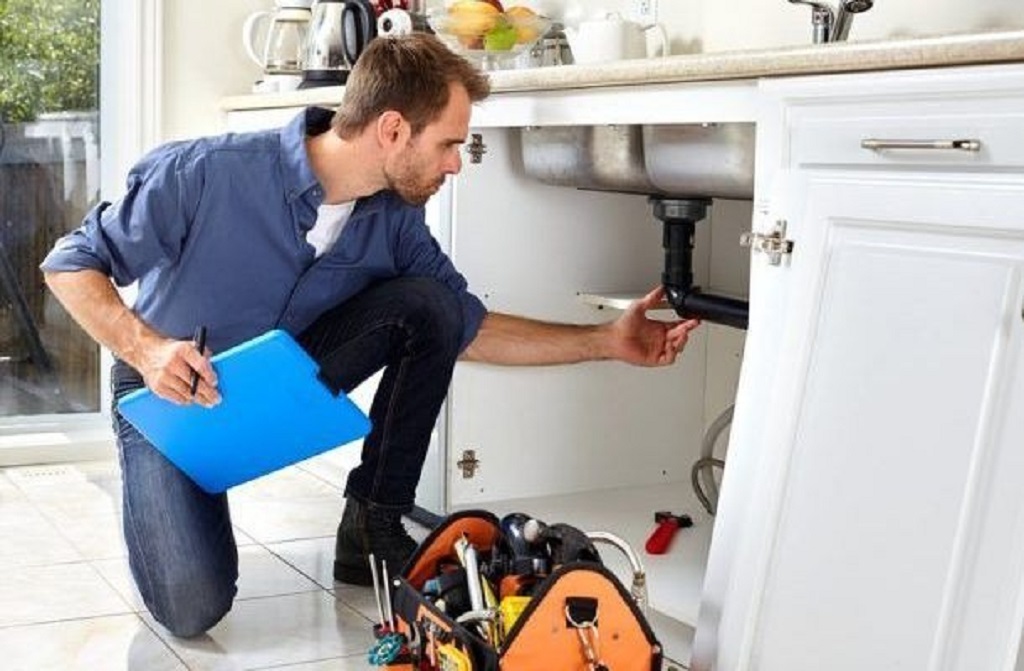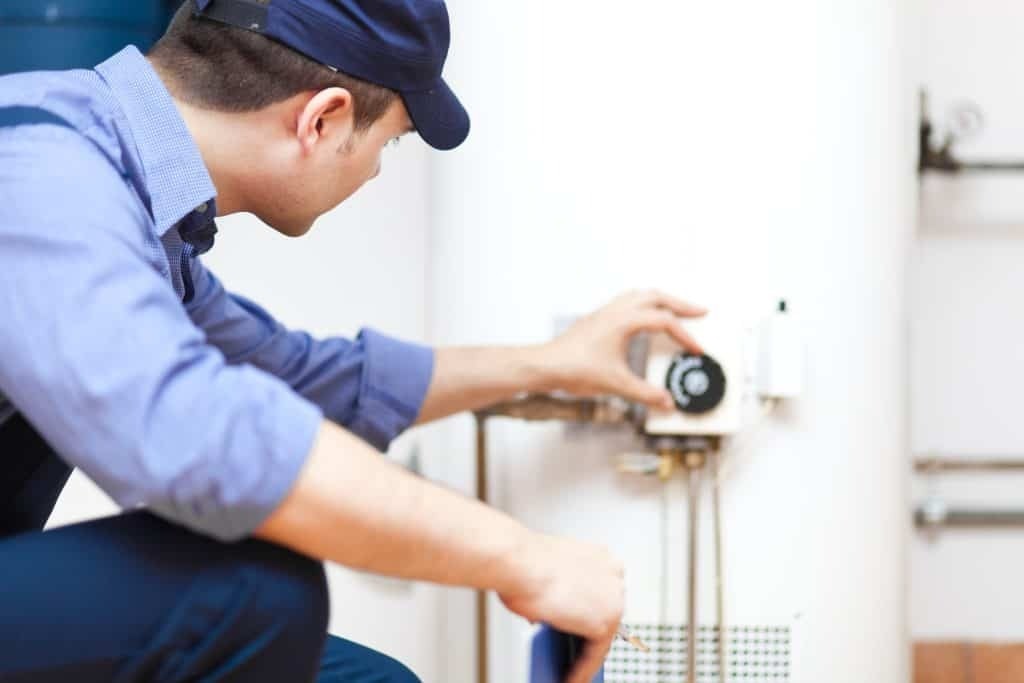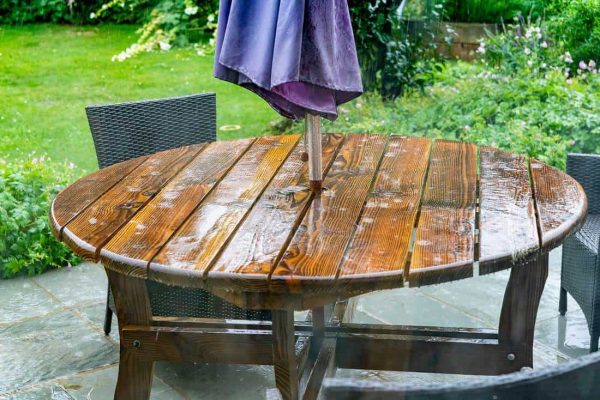A home inspection is a crucial step in the home buying process. It helps you understand the condition of the property and identify any potential issues before you make a purchase. Plumbing problems can be particularly costly and disruptive, so it’s important to have a thorough inspection of the plumbing system.
In this comprehensive guide, we’ll delve into the common plumbing issues that home inspectors diligently search for during their assessment. Understanding these potential problems will empower you to make informed decisions about your prospective home.
1. Leaky Faucets and Pipes
Leaking faucets and pipes are one of the most common plumbing problems. They can waste water, damage your home, and even lead to mold growth. A home inspector will check all of the faucets and pipes in the home for leaks. They will also look for signs of water damage, such as stains on ceilings or walls.
- Dripping Faucets: Even a seemingly minor drip can waste gallons of water over time, impacting your water bill.
- Pipe Corrosion: Older homes may have pipes susceptible to corrosion, leading to leaks and potential water contamination.
- Loose Connections: Vibrations or improper installation can cause connections to loosen, resulting in leaks.
Which jobs do you need a plumber for, and which can you DIY?
2. Low Water Pressure
Low water pressure can be caused by a variety of factors, including clogged pipes, a faulty pressure regulator, or a problem with the municipal water supply. A home inspector will check the water pressure at all of the faucets in the home. They will also look for signs of low water pressure, such as slow-filling bathtubs or showers.
- Mineral Deposits: Hard water can leave mineral deposits in pipes, restricting water flow and reducing pressure.
- Clogged Aerators: Faucet aerators can accumulate debris, impeding water flow and causing low pressure at the faucet.
- Main Water Supply Issues: In some cases, low pressure may stem from problems with the municipal water supply itself.
3. Clogged Drains
Clogged drains are another common plumbing problem. They can be caused by hair, soap scum, food scraps, or other debris. A home inspector will check all of the drains in the home to make sure they are draining properly. They will also look for signs of clogged drains, such as slow-draining sinks or toilets.
- Hair and Soap Scum Buildup: In bathroom drains, hair and soap scum can accumulate over time, leading to clogs.
- Grease and Food Debris: Kitchen sinks are prone to clogs from grease, food scraps, and other cooking byproducts.
- Foreign Objects: Children’s toys, jewelry, or other objects accidentally flushed down the toilet can cause major clogs.
Read More Also: 10 Expert Tips for Crafting Jaw-Dropping 3D Interior Renderings
4. Running Toilets
A running toilet is a toilet that continues to fill with water even after it has been flushed. This can waste a lot of water and increase your water bill. A home inspector will check all of the toilets in the home to make sure they are not running. They will also look for signs of a running toilet, such as a constantly refilling tank or a hissing sound.
- Worn Flapper Valve: The flapper valve at the bottom of the tank controls water flow; if worn, it may not seal properly, leading to continuous water flow.
- Misaligned Float Ball: The float ball regulates the water level in the tank; if misaligned, it may cause the tank to overfill and the toilet to run.
- Chain Issues: The chain connecting the handle to the flapper valve can become tangled or broken, preventing proper flushing and causing the toilet to run.
5. Water Heater Problems
Water heaters are an essential part of any home’s plumbing system. They can develop a variety of problems, including leaks, sediment buildup, and a faulty thermostat. A home inspector will check the water heater for any signs of problems. They will also check the age of the water heater, as water heaters typically last for about 10-15 years.
- Leaking Tank: A leaking water heater is a serious problem that can cause water damage and mold growth. It often requires replacement.
- Sediment Buildup: Over time, sediment can accumulate in the tank, reducing its efficiency and potentially causing it to overheat.
- Faulty Thermostat: A malfunctioning thermostat can lead to inconsistent water temperatures or the water heater not heating at all.
6. Sewer Line Issues
The sewer line is the pipe that carries wastewater from your home to the municipal sewer system. It can develop a variety of problems, including clogs, cracks, and root intrusion. A home inspector will typically recommend a sewer scope inspection to check the condition of the sewer line. This involves inserting a camera into the sewer line to look for any problems.
- Tree Root Intrusion: Tree roots seeking moisture can penetrate sewer lines, causing clogs and potential pipe damage.
- Pipe Sagging or Collapse: Aging or ground shifts can cause sewer lines to sag or collapse, impeding wastewater flow.
- Grease Buildup: Grease and fats poured down drains can solidify in sewer lines, leading to clogs and backups.
7. Mold and Mildew
Mold and mildew can grow in areas of the home that are damp or humid. This can include bathrooms, kitchens, and basements. Mold can cause a variety of health problems, so it’s important to have it removed as soon as possible. A home inspector will look for signs of mold and mildew, such as visible growth or a musty smell.
- Leaking Pipes and Fixtures: Leaks create damp environments ideal for mold growth.
- Poor Ventilation: Inadequate ventilation in bathrooms and kitchens can trap moisture, promoting mold growth.
- Condensation: Condensation on windows or pipes can provide a breeding ground for mold.
8. Outdated Plumbing
Older homes may have outdated plumbing systems that are not up to code. This can include galvanized steel pipes, which are prone to corrosion, or lead pipes, which can leach lead into the water supply. A home inspector will check the age and condition of the plumbing system and recommend any necessary upgrades.
- Galvanized Steel Pipes: These pipes corrode over time, reducing water flow and potentially contaminating the water supply.
- Lead Pipes: Lead pipes pose a serious health risk, especially to children. They should be replaced immediately.
- Polybutylene Pipes: These plastic pipes were popular in the 1970s and 1980s but are prone to leaks and should be replaced.
9. Improperly Vented Plumbing
Plumbing vents allow sewer gases to escape from the plumbing system. If the vents are not properly installed or maintained, sewer gases can back up into the home. This can create a health hazard and an unpleasant odor. A home inspector will check the plumbing vents to make sure they are properly installed and functioning correctly.
- Clogged Vents: Debris, bird nests, or other obstructions can block vents, preventing proper gas escape.
- Inadequate Vent Size: Vents must be sized appropriately for the plumbing system; undersized vents can lead to gas backups.
- Improper Vent Termination: Vents should terminate above the roofline to prevent gas from entering the home.
10. Sump Pump Issues
Sump pumps are used to remove water from basements and crawl spaces. If the sump pump is not working properly, water can accumulate in these areas, causing damage to the home. A home inspector will check the sump pump to make sure it is working properly. They will also check the sump pit to make sure it is clean and free of debris.
- Power Failure: Sump pumps rely on electricity; during power outages, they may not function, leading to potential flooding.
- Clogged Pump or Discharge Line: Debris can clog the pump or discharge line, preventing proper water removal.
- Switch Problems: A faulty float switch or pressure switch can prevent the pump from activating when needed.
Conclusion
A thorough home inspection is essential for identifying potential plumbing problems before you buy a home. By understanding the common issues that home inspectors look for, you can be better prepared to make an informed decision about your purchase. If any plumbing problems are identified during the inspection, be sure to get them repaired by a qualified plumber before you move in. To better assess whether you should proceed with the purchase or explore options like walking away, you might want to explore Creativejasmin review on when to walk away after home inspection.





